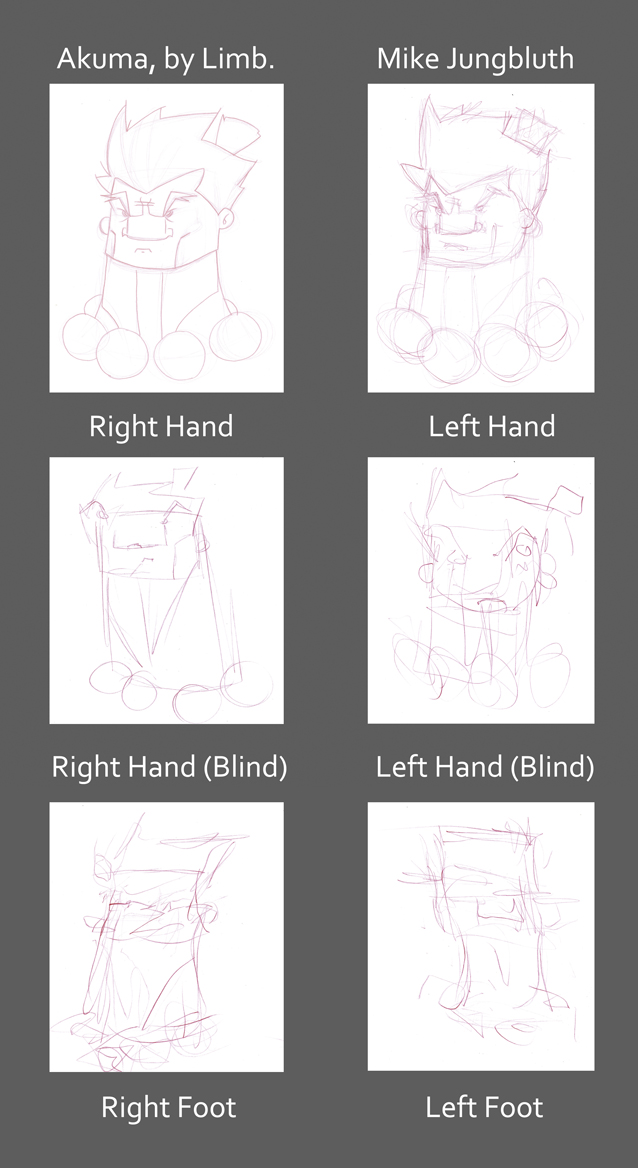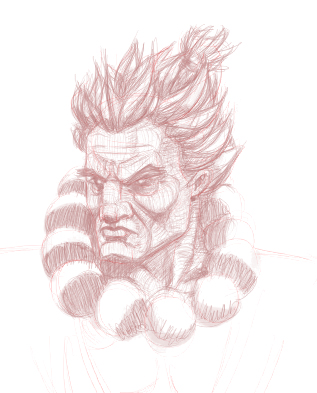Artists know this phrase all to well. They hear it from peers. From mentors and idols. From themselves. I am thinking it over and over now as I type this. It is a mantra that is always haunting me. Guilting me.
You should be drawing
Why does that phrase hold so much power? Does it do more harm than good? What is so important about drawing anyway?
The best answer I’ve ever heard1 in regards to that question is “Everyone draws when they are a kid, and then most people grow out of it. I just never grew out of it.” For me, that perfectly sums up why I should be drawing. It is creativity and fun in its purest form.
Drawing is a tool for play and communication. And an incredibly powerful tool at that. It can be academic or it can be entirely free form. It can be permanent or fleeting. It can be beautiful or it can be crass. It can be honest or it can be deceiving. And best of all, it can be done by anyone, at anytime, anywhere.
This is inevitably the part where someone says, “Sure, but all I can draw is stick figures.” So what, that hasn’t stopped Even your meeting doodles are incredibly valuable.
What is important is that drawing affords an outlet that requires only the most basic of tools and technology, which can then scale infinitely to the artist’s wishes. Drawing allows you to cut through any technology or large production constraints and get right to the heart of execution. All you need to do is approach art like you would game design.
You should be playing
 Drawing, at its core, is play. You are given an open world with a set of tools and only one core objective. Make your mark. Which probably explains why kids love drawing and adults are terrified by it. The only structure that exists is what you bring to it, and adults bring so much ridiculous structure when they are given the chance to draw that they just freeze up. So, the first step towards enjoying drawing again is to let go of those preconceived notions of what is good and what is bad and just play.
Drawing, at its core, is play. You are given an open world with a set of tools and only one core objective. Make your mark. Which probably explains why kids love drawing and adults are terrified by it. The only structure that exists is what you bring to it, and adults bring so much ridiculous structure when they are given the chance to draw that they just freeze up. So, the first step towards enjoying drawing again is to let go of those preconceived notions of what is good and what is bad and just play.
So to let go, approach drawing like you would design a game, which are the tools at hand and any rules you want to add to them.
Start with some tools that encourage energetic mark making. Finger paints, vine charcoal, chalk. Tools that get you messy and have an inherent level of imprecision are the rocket launchers of art. They are inherently bright, loud and able to make anyone hit their target at least in a small way. Then, as your precision with the rocket launcher gets better, you can move towards a machine gun, like water colors. Pencils, Charcoal, Conte, etc are the sniper rifles of art. Starting with those can quickly lead to frustration as they inherently force a steady hand. It isn’t until you’ve used them a lot that you feel comfortable no-scoping them.
Oil paints are a genre able to be scaled amongst themselves based again on the tools. You have access to the entire dev panel with oil paints. Painting only with a palette knife vs a fine sable brush is like God mode with confetti headshots vs one hit kills.
This leads naturally into wanting to create some rules to play with. Draw some random shapes on a page, and then like staring a clouds, turn them into whatever you think they look like. Try drawing the image upside down. Or with your alternate hand. Or with your feet. Or with your eyes closed2. Find rules that allow for you to stop thinking about the physical act of drawing and transport your mind into pure creation. You want rules that foster a sense of fun without the concern that you will be judged. Because once being judged is added into the equation, it requires dedication and becomes work.
You should be growing
Judgement is adding difficulty settings to your game of drawing. It is adding weight to the win/lose conditions of the rules decided upon when you begin to play. Inherently, judgement itself isn’t a bad thing, you just need to set it to a level where your work to success rate isn’t frustrating. Essentially, you need to balance your drawings.
Just like balancing your game, you need to be aware of the intended players and their skill level. If you set the difficulty too high, you are going to rage quit. If it is too low, you are going to get bored and lose focus. Just like with anything, honestly examine what you want out of the experience and then turn the dial up one more notch to push yourself without breaking yourself. Do you want to learn how to design more appealing characters? Do you want to learn color theory? Do you want to learn how to paint environments? Choose a specific goal or objective, like you would in a game, and work towards that. Simply saying, “I want to draw better” is the equivalent of starting a game with the only objective being “Save the world.” Without a specific task or direction, most people, like most players, are just going to wander around aimlessly. Unless you have your difficulty setting high, this probably isn’t an approach that will work well for you.
When you start to feel good about what you have, play test your work. There are countless online forums and communities that gladly give honest critiques and tips to aspiring artists of any skill level. Local colleges or schools often have life drawing classes available to those interested. The artists in your studio might even have draw nights at a local pub or coffee shop. These are your lifelines towards leveling up and having gone through the same process, will gladly lend their eye and focus to give you the honest feedback you need, appropriate to the difficulty level you have established for yourself. Find groups that approach their artistic community like a game of co-op, there to get everyone’s back. And then once you are ready, and are capable of the occasional rocket jump, search out a team deathmatch art group to really have your skills put to the test.
If your difficulty level is set appropriately, you are going to fail sometimes. But that is fine. You have endless continues. Just click restart by picking that pencil back up and making a note of what knocked you into that pit last time. So when you come up against it again, you can jump on its head and knock it out. Because as much fun as just playing a free form game with no difficulty can be, there is nothing quite as rewarding as overcoming that tricky obstacle that kept knocking you down.
You should be doing
This obviously doesn’t have to just be about drawing. It could be about weight lifting. It could be about cooking. It could be about gardening. Ultimately, what it comes down to is opening your eye towards observing the world around you and then honing those observations into something you can communicate successfully. It is about taking your ideas and crafting them as only you can. It is about play. Sometimes with a purpose.
So what are you waiting for?
You should be drawing
_________
Joshua Middleton, but it was told to me second hand many years ago, so I could be wrong. But regardless of who said it, the answer is still brilliant.
2 I came across the Ty Dunitz. I love how energetic and loose the lines are as each step moves forward. Makes me realize how much I need to relax my main hand during the initial sketch. Fun fact, it seems our most capable drawing foot coincides with our most capable drawing hand. The more you know.
